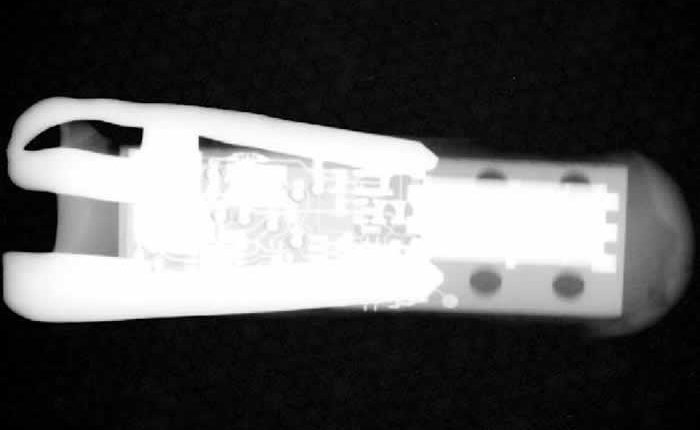Ingestible Electronics Powered Through Gut Fluids
Now ingestible electronics which travel through the gut within pill-like capsules, can release drugs, whilst recording the temperature, pH and other vital signs, and even capture video footage.
However, most current ingestible electronics rely on conventional batteries, many of which require toxic materials. But a new study finds that swallowable electronics could be powered for days inside the body by harvesting energy from chemical reactions within the stomach.
Scientists have explored other techniques for powering ingestible electronics, but many of these methods are not well suited to these devices. One technique they tried was harvesting energy from the body’s heat. But they couldn’t generate enough of a thermal gradient in the gut to make this work. And because these capsules cannot easily be anchored to a moving surface, it has been challenging to harvest energy from vibrations. Wireless power transfer has also been difficult to do because of the way the capsules move around inside the gut.
Now researchers have developed ingestible electronics that harvest energy from chemical reactions with fluids in the gut. Their research enabled continuous temperature sensing and wireless communication for an average of 6.1 days in the guts of live pigs.
Study co-author Giovanni Traverso, a Gastroenterologist and Biomedical Engineer at Harvard Medical School said: “We demonstrated that our prototype could harvest energy for about a week. That was really exciting.”
The scientists detailed their findings online in the February 6th edition of the journal Nature Biomedical Engineering.
The energy-harvesting galvanic cell the scientists developed relies on stomach or intestinal fluids to serve as the electrolyte bridging its zinc anode with its copper cathode. As the zinc dissolved, the device generated an average power of 0.23μW per square millimeter of anode.
In one experiment, the scientists noted that a capsule equipped with the new energy harvester could use a 900MHz transmitter to relay data packets containing temperature measurements to a base station 2m away an average of once every 12s. In another experiment, they showed that a capsule could use this harvested energy to electrically corrode a gold membrane and release a drug. All in all, the researchers say their work could offer a safer and lower-cost alternative to the traditional batteries now used to power ingestible electronics.
The current prototype devices are cylinders about 40mm long and 12mm in diameter. However, the researchers suggest that by building customized integrated circuits to better stack the components of the device, they could make the capsule three to five times smaller in volume.
Traverso also notes that he and his colleagues recently developed ingestible devices that can reside in the gut for weeks. These star-shaped devices unfold in the stomach, and their form keeps them from traveling further down the gut, while their arms are thin enough to not cause any harmful blockage. When combined with the new energy-harvesting system, this could lead to “long-term, self-powered vital-signs monitoring,” said study lead author Phillip Nadeau, an Electrical Engineer at the Massachusetts Institute of Technology.
More information at: IEEE Spectrum.


